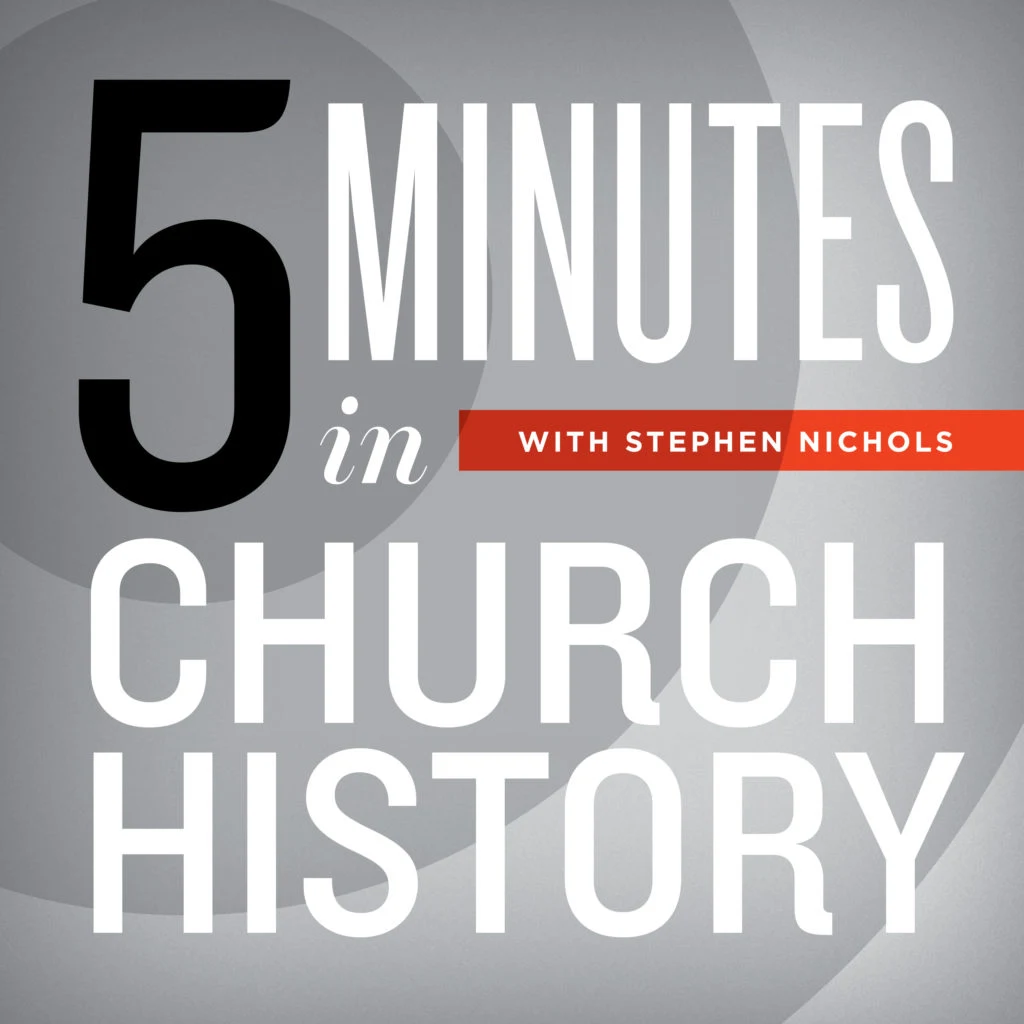Istanbul: The Hagia Irene

Constantine’s first church in Constantinople, the Hagia Irene, played a significant role in the development of the Nicene Creed. Today, Stephen Nichols explores this church’s rich history and its transformation through the centuries.
Well, welcome back to another episode of 5 Minutes In Church History. And once again, we are on location. We're still here in Constantinople. Last time we were together, we talked about the Hagia Sophia. Very important church built in the 500s. But today we're going to talk about the Hagia Irene. This church was built in the 330s, and it was the first church here in Constantinople, and it means in Greek the “church of peace.” It was built by Constantine. Just a few years before he built the church, he actually moved the seat of power for the Roman Empire from Rome in the West to this city here in modern day Turkey. It was Byzantium and it was the seat of power for the Byzantine Empire, but Constantine renamed it Constantinople.
And in 381, a very important moment took place here in church history. This is the Council of Constantinople. It's one of the seven ecumenical councils in the early church. What happened here was a reaffirmation of what happened at another council, the Council of Nicaea, back in 325. Nicaea is not far at all from here, about 140 kilometers to the southeast and there sits on a lake and Constantine had built for himself a summer palace, and it was a summer resort, if you will. And he brought all the bishops together from across the church to meet there to decide on the issue of Christology. Arius’ teachings that Jesus is not God, and the denial of Christ's deity were ricocheting through the church. And so the bishops came together. And if you've got Arius on the one side wearing the black hat, on the other side wearing the white hat is Athanasius. And we know Athanasius. This is Athanasius contra mundum, Athanasius against the world. And here he takes his bold stand. Coming out of the Nicene Creed, we have the declaration that Jesus is truly human, and he is truly God.
Well, after Nicaea and this creed was affirmed, the Arian bishops began to grow in number and also grow in some influence and power in the church. Constantine has died. His sons now are on the throne. They favor the Arian Bishops, probably not because of anything theological, but the Arian bishops were much more pliable than the bishops like Athanasius. And so Athanasius literally finds himself against the world. He's pushing back against the bishops in the church, trying to get them to just hold to what they've already agreed to in the Nicene Creed. And he's pushing against the emperor. He's exiled for more years than he's actually in his post as bishop. But he finally prevails. Athanasius dies in 373, literally spending five decades fighting for this doctrine of the deity of Christ. And then in 381, the church reconvenes again here at Nicaea, here in Constantinople, holds the council and affirms again the Nicene Creed.
So technically what we have is not the Nicene Creed. We have the Nicene-Constantinopolitan Creed that goes from 325 to 381. And something else very important happened as well. In that creed, there is added that the Holy Spirit proceeds, not just as the original version of the creed had it, from the Father, but this phrase is introduced, “and the Son,” the filioque controversy. And of course that's going to come to be the issue, the controversial issue that splits the church in the east and the church and the west.
So all of this brings us back to the Hagia Irene, and that very important moment in the fourth century. It continued to be a church for the next century as a monastery was built around it. It's a beautiful setting. Sits high up upon the hill, looks down on the Bosphorus River and the bay, and across what would've been the Roman city of ancient times, and then the medieval city. And then in 1450, the Ottomans conquered this area. They took it from the Romans and these Christian churches then became mosques, but not the Hagia Irene. A palace was built around it. It became the Sultan's Palace. It's known as Topkapi Palace. And they made the church an armory, and it stored cannonballs. And when we were touring through it this morning, we saw the evidence. There was one cannonball left behind.
That's the Hagia Irene here in Constantinople. And I'm Steve Nichols, and thanks for joining me on location for 5 Minutes in Church History.
Recent Episodes
A Little Church History of a Middle Colony: The First Great Awakening
December 17, 2025|American Church History
A Little Church History of a Middle Colony: Early Influences
December 10, 2025|American Church History
Gunpowder and a Proclamation
December 3, 2025|Geographical Perspectives
Thanksgiving in Church History
November 26, 2025|American Church History
3 Sermons on the Hallelujah Chorus
November 19, 2025|General Church History
Charles Jennens’ Libretto
November 12, 2025|General Church History
